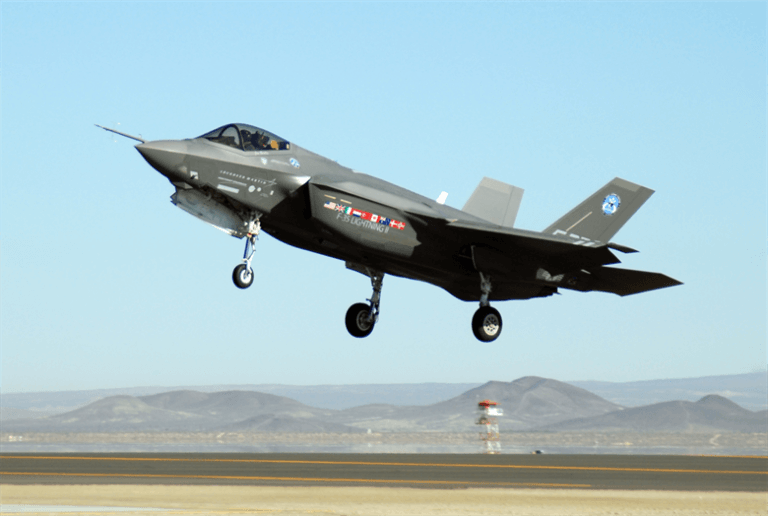We are NASA’s preferred external consultant responsible for characterizing both external and internal acoustic environments associated with critical launch vehicle and spacecraft systems being developed for future crewed spaceflight missions. Applications include the definition of liftoff and ascent vibration environments for launch vehicle avionics, design of payload acoustic environments inside launch vehicle fairings, and control of crew/passenger noise levels in a range of aerospace vehicles from commercial airplanes to crewed spacecraft.
ATA uses best-in-class methods and software to create vibroacoustic models of complex structural acoustic systems. These methods include statistical energy analysis (SEA), the boundary element method (BEM), finite element analysis (FEA), and “hybrid” or combined models which utilize more than one of these modeling methods simultaneously.
ATA has predicted vibroacoustic vibration response and correlated results to test for a large number of structures, including launch vehicles, fairings, satellites, solar panels, reflectors, and aircraft. We have developed and demonstrated methods for improving the correlation of results to test, including modeling of acoustic chambers to capture low-frequency coupling effects. These methods can accurately predict both accelerations and stresses and strains of an article subjected to an acoustic test.

ATA has extensive expertise in the definition of fluctuating pressure loads for launch vehicles, spacecraft, and aircraft during liftoff, ascent, cruise, and descent. This includes test design, test execution, and postprocessing of test data to define analysis loads.
We have advised NASA and its prime contractors on placement of dynamic pressure sensors for defining loads and how to correctly model liftoff acoustic loading (SMAT and ASMAT tests) and ascent aeroacoustic loading (SLS, Ares 1-X, PA-1, and Orion abort motor plume tests), and we have processed both wind tunnel and flight data to help predict and verify vibration responses. We have led the NASA community in defining the correct statistical process for estimating maximum expected vibration and acoustic environments, given known uncertainties in the process, and developed innovative models for turbulent boundary loads using wavenumber-frequency analysis.

ATA has developed several innovative acoustic measurement techniques. These include the use of speakers to remove ground reflections from noise measurements of a hot-fire test. We have also developed a novel continuous-scan method that uses advanced signal processing techniques to achieve previously unattainable near-infinite spatial resolution measurements with a reasonable number of slowly roving microphones. This technology has been used for acoustic holography measurements of scale-model jets and is currently being developed for beamforming.

ATA has a philosophy of transferring our knowledge and methods to our customers, enabling them to perform the work independently when desired. In support of this, ATA has developed and taught a four-day class, “Predicting Vibroacoustic Environments for Aerospace Structures,” at many NASA centers and commercial aerospace companies. The class covers a range of vibroacoustic services provided by ATA, including data processing, testing, and scaling, as well as predictive methods such as SEA, FEA, and BEM. ATA has also developed and taught the NX Nastran structural acoustics class.

Connect with us to discuss how our advanced multi-disciplinary team can help you achieve your engineering goals.




